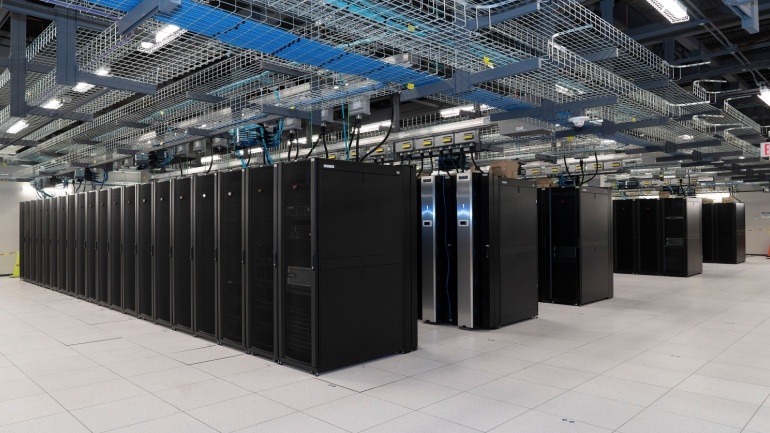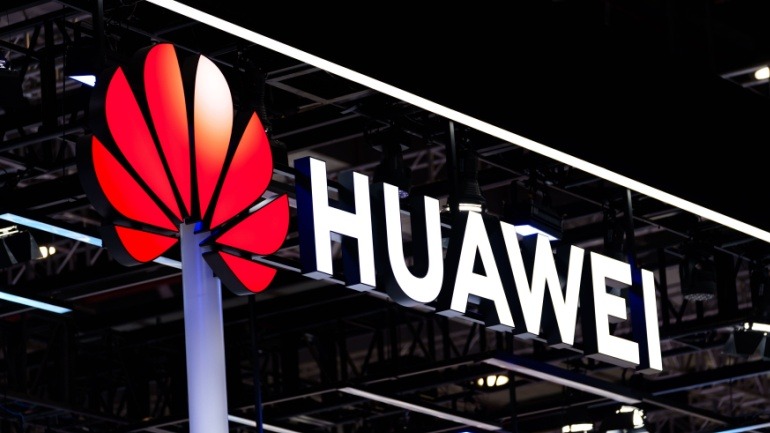Artificial intelligence (AI) and high-performance computing (HPC) are reshaping data centers by significantly boosting server rack densities. Traditional air-based cooling systems fail to meet the cooling requirements of these modern high-density servers. The challenge lies in making advanced cooling solutions more accessible to customers.
Notably, the data center liquid cooling market shows promise, with a projected compound annual growth rate (CAGR) of 33% through 2032, and an anticipated market surge to $15 billion from 2024 to 2028. A channel-first approach, involving distributors, value-added resellers (VARs), and system integrators, can make these sophisticated cooling solutions more readily available and faster to deploy.
The adoption of scalable data center cooling faces hurdles due to its complexity and potential risks. Liquid cooling adoption has often been stymied by direct vendor sales. Instead, channel partners can bridge gaps, bundling cooling solutions with broader IT offerings. This broadens market access, reducing vendor dependence.
Customers frequently encounter misconceptions about data center liquid cooling. “Defining Liquid Cooling” is crucial, as traditional air systems also use liquids like cold water or pressurized refrigerant. Some cooling solutions, such as Direct Liquid Cooling (DLC) or Direct-to-Chip (DtC), involve liquids separated from the motherboard by only a cold plate. In contrast, other systems like Active Heat Exchangers keep airflow around servers. Clarifying these options ensures customers choose the best solution.
Market readiness of solutions like immersion cooling or DtC is another major consideration. Enterprises need predictable initial deployment costs and consistent ongoing performance. The channel’s expertise is crucial in managing these uncertainties.
Technological advancements in cooling highlight potential benefits. Retro-fit friendly solutions, like the Rear Door Heat Exchangers (RDHx), can handle up to 60kW per rack currently. Two-phase refrigerant designs improve energy efficiency, reducing energy use by more than 80% compared to traditional units. This enables designing around workloads rather than physical room constraints, promoting denser AI installations.
While offering new revenue opportunities through design and optimization services, aligning all stakeholders is key for efficient distribution. Channel-driven delivery can simplify purchasing, expedite deployment, and improve the operational safety of liquid cooling systems at scale. As a result, liquid cooling moves from a bespoke project to a repeatable product, accelerating the deployment of HPC and AI capacity while mitigating associated risks.







